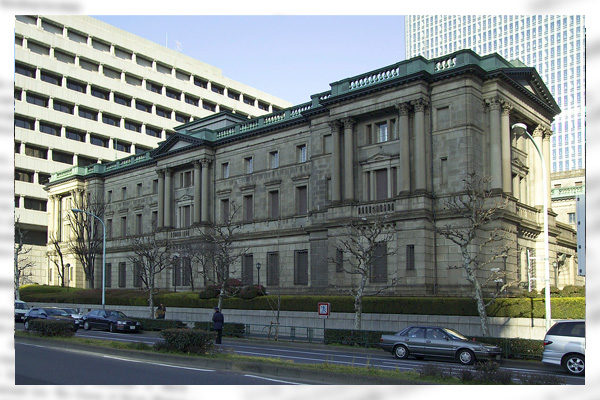The Bank of Japan at its monetary policy meeting on March 19 decided to raise the uncollateralized overnight call rate (an interest rate on overnight interbank loans), which serves as a key benchmark for financial policy, from the negative territory (the average just before the decision at around minus 0.008%) to a range of approximately 0.0-0.1%. At the same time, the central bank abolished its yield curve control policy of keeping the upper limit target of 10-year government bond yield at 1.0%.
Furthermore, the BOJ terminated its “overshoot commitment” to completely dispel concerns about a recurrence of deflation by settling inflation at the price stability target of 2% after achieving a little higher inflation rate.
The BOJ thus abolished both the negative interest rate policy and the yield curve control policy, which had been set up to keep its monetary policy very accommodative. Naturally, those who have emphasized the importance of never returning to deflation have questioned the decision as premature.
Interest rate hike was premature
On the decision, the BOJ said that it “assessed the virtuous cycle between wages and prices, and judged it came in sight that the price stability target of 2% would be achieved in a sustainable and stable manner.” It is true that corporate profits are at high levels mainly due to the yen’s depreciation, while labor shortages are growing severer. The consumer price index during spring labor-management wage negotiations came to 2.5% in 2022 and 3.2% in 2023, exceeding the price stability target of 2%. The BOJ expects that demand’s gap with supply would turn positive over the medium to long term, with inflation expectations and wage growth rising.
Major contributors to the latest BOJ decision to raise interest rates are apparently a high average wage hike and a series of large companies’ full acceptance of trade unions’ wage increase requests at the current wage negotiations. The Japanese Trade Union Confederation on March 15 reported that a preliminary average wage hike through the negotiations topped 5% for the first time in 33 years. However, the final results of the negotiations will not be available until May. There are concerns about how far small and medium-sized enterprises could follow suit with the wage hike. The negative interest rate policy could have been lifted without any risk after the final results of the spring wage negotiations are established.
Furthermore, the BOJ should have waited until the price stability target is stably achieved, beyond the situation where the achievement has come into sight. Basically, the central bank should confirm an economic recovery before raising interest rates carefully in the so-called behind-the-curve manner.
Commit to maintain the call rate in a 0.0-0.1% range
The phase of the monetary policy has changed. As admitted by the BOJ, however, there are great uncertainties regarding Japan’s economy and prices. Even in such situation, the BOJ decision only says the central bank will “encourage” the uncollateralized overnight call rate to remain at around 0.0-0.1%. It should make a stronger commitment to a forward guidance that it will maintain the call rate in the range until the price stability target of 2% is achieved sustainably. The target has yet to be achieved sustainably.
Etsuro Honda is a member of the Planning Committee of the Japan Institute for National Fundamentals and a former special adviser to the cabinet. He advised then Prime Minister Shinzo Abe for the success of Abenomics.


